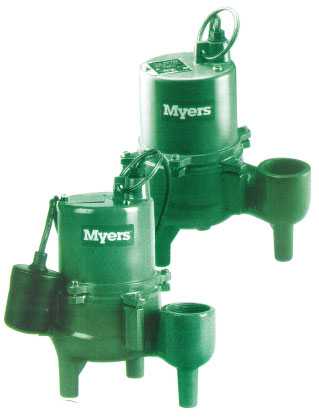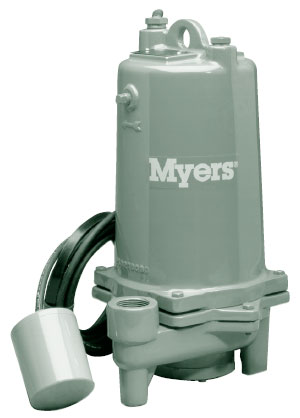With new technology in CNC (computer numerical control) machines, it is possible to produce precision parts and components quickly and perfectly with every production run. While this technology has streamlined a significant amount of the machining process, there is still the need to manually load the machines.
The Manual Slow Down Factor
Manual loading of CNC machines is not significantly time-consuming, particularly with experienced operators. However, whenever there is a manual component to the process, there is going to be a natural maximum speed of production that is linked to the slowest step in the process.
By replacing manual loading with robot loading CNC machines, production speeds can be increased by simply eliminating the limiting factor of manual loading. This shaving off of a few seconds per part will add up significantly over large volume production runs, plus it will eliminate that slow link in the chain, allowing the entire facility to operate and maximum efficiency and speed.
With the increased efficiency and speed of robot loading CNC machines, there is a decreased cost of production. Saving pennies on every part produced may not seem like a lot in the short run, but over weeks, months and years of production it will add up to a significant decrease in costs.
Greater Precision
Another factor with robot loading CNC machines is the increased precision of placement of the workpiece as well as removal of the piece once the machining or turning process is finished.
Robotic systems can be programmed to handle any type of workpiece and to feed it to the machine with the exact same orientation with every run and between each piece. This precision means there is no waste once the program is developed, which again saves money that can be passed on to customers, helping to make any machining shop more competitive in the market.



